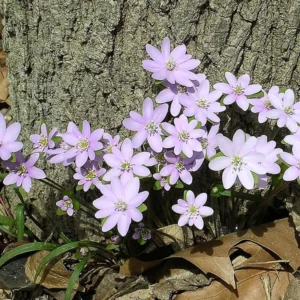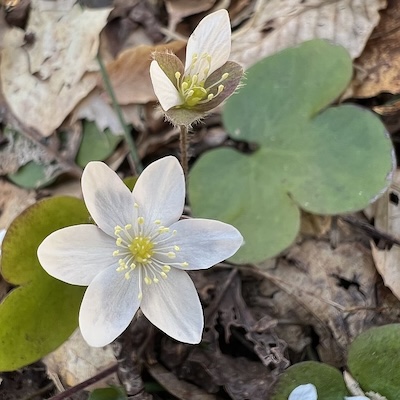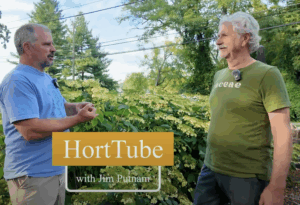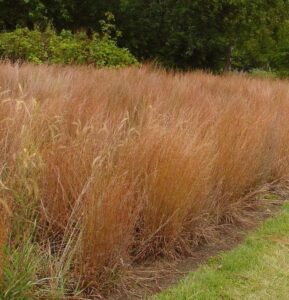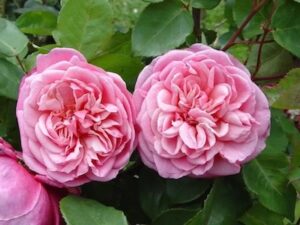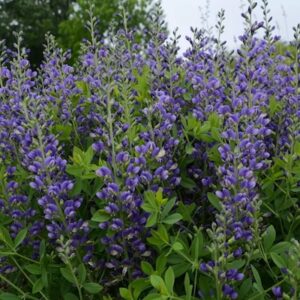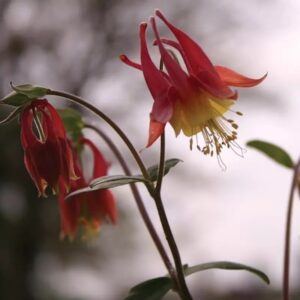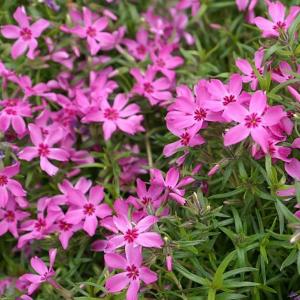For gardeners seeking to create dynamic, layered landscapes that celebrate native plant diversity, these spectacular perennials offer an unparalleled opportunity to bring ecological richness and seasonal drama to shade gardens.
Emerging quickly before the forest canopy leafs out to capture vital sunlight, spring ephemerals are some of nature’s great opportunists.
Why Grow Spring Ephemerals?
- Ecological powerhouses that support early-season pollinators
- Unique garden design opportunity requiring specialized knowledge
- Low-maintenance plants that thrive in challenging woodland conditions
- Critical contributors to native ecosystem restoration
- Provide unparalleled early-season garden interest
Two of our favorites are Virginia bluebells (Mertensia virginica) and Sharp-leaved Hepatica (Hepatica acutiloba). These plants represent the resilient pioneers of woodland gardens, carpeting shaded landscapes with their early-season blooms and providing critical early-season nectar for pollinators.
Mertensia virginica (Virginia Bluebells)
This perennial wildflower happily re-seeds itself in the garden, quickly forming large drifts. It thrives in places with moist, well-drained soils that offer bright sun in early spring followed by shade later as the forest canopy expands. By summer, Virginia bluebells die back to the ground, allowing other shady perennials like Christmas ferns and woodland phlox to cover the bare space.
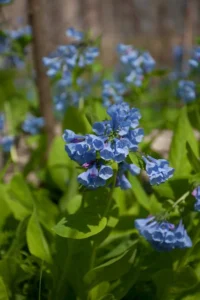
Hepatica acutiloba (Sharp-leaved Hepatica)
Each spring, the fuzzy flower stalks push up through the old leaves to bloom for about 2 months and look stunning when backlit by the sun. Bees, early butterflies pollinate the white blooms, and fresh leaves will grow up from beneath the flower stalks to remain until next spring. Hepatica prefers full spring sun that becomes dappled sun as the trees leaf out.
